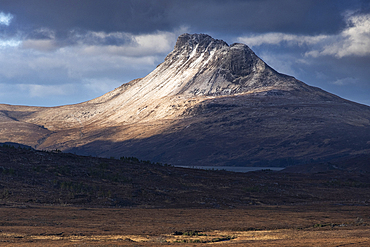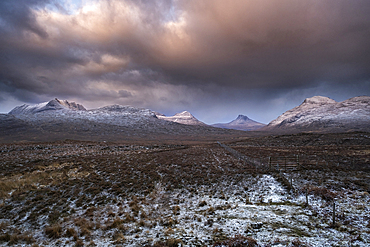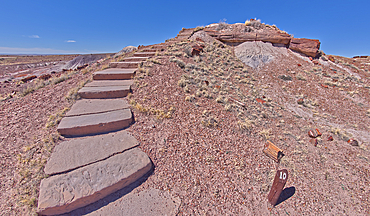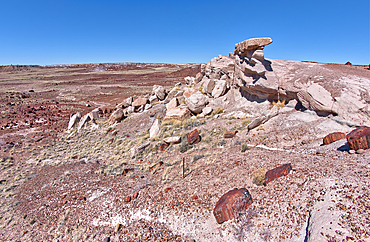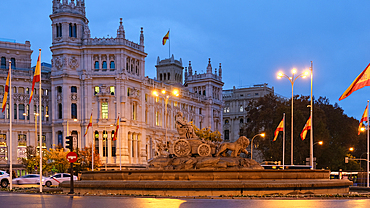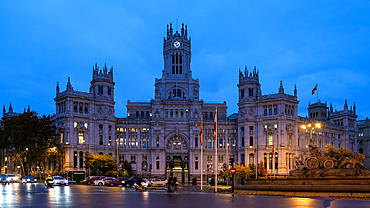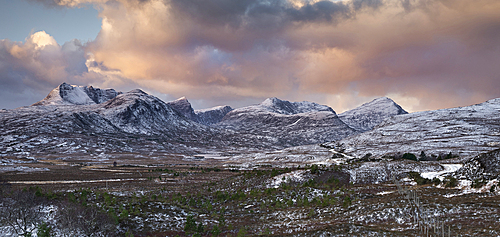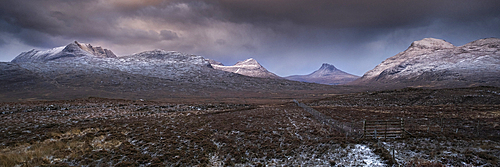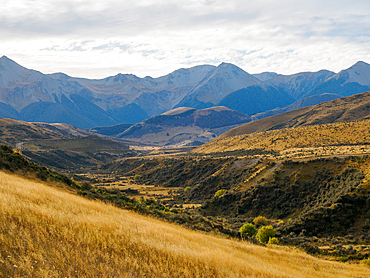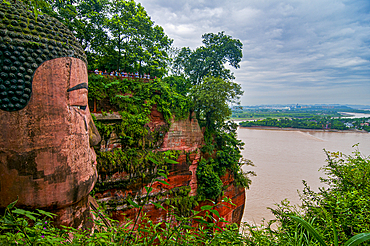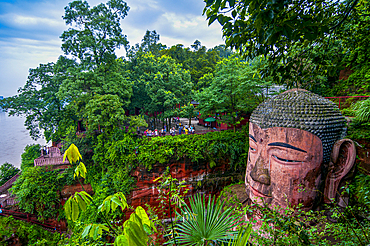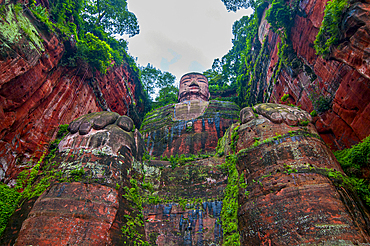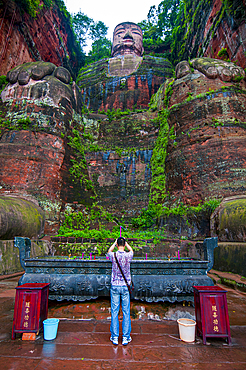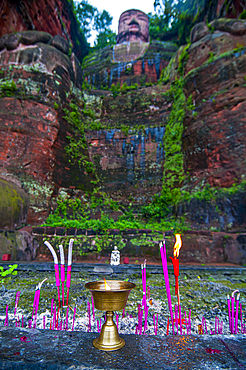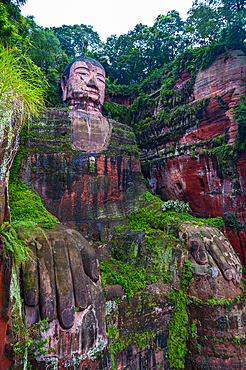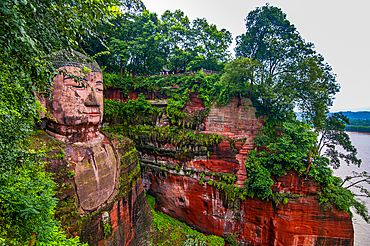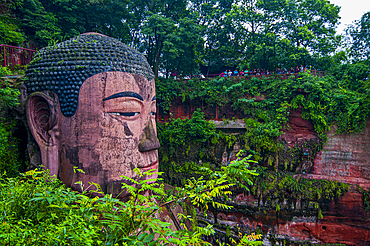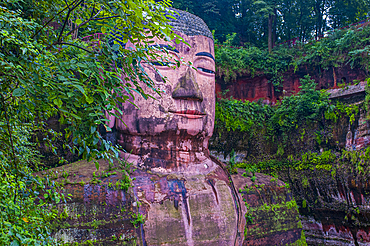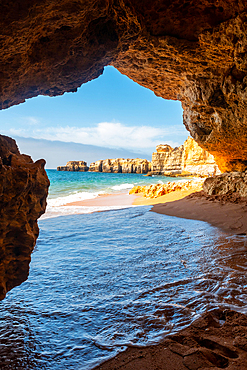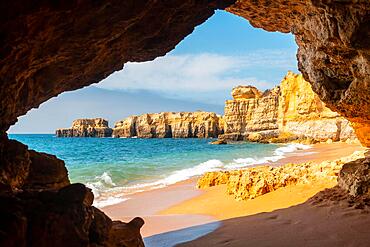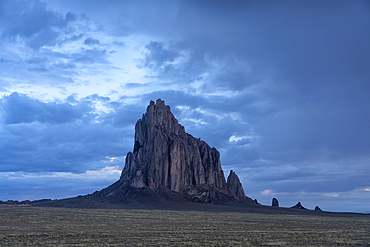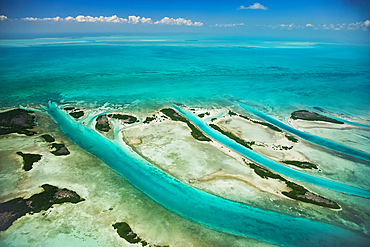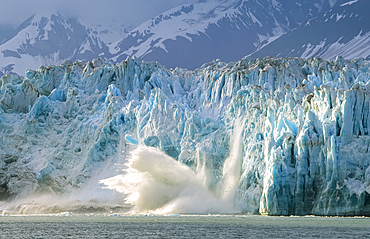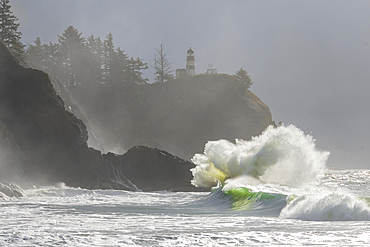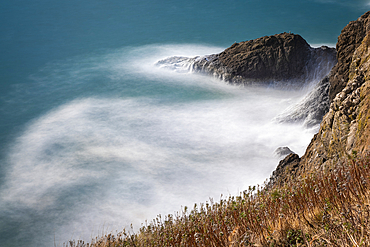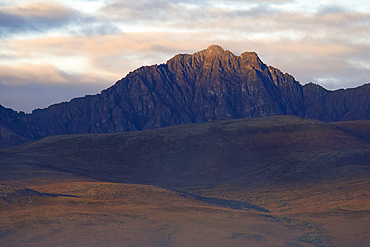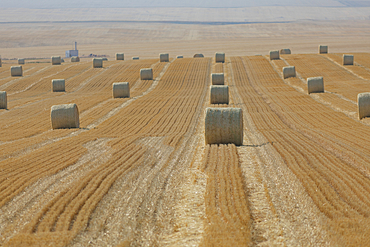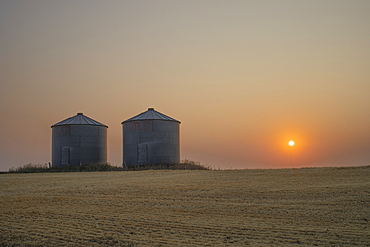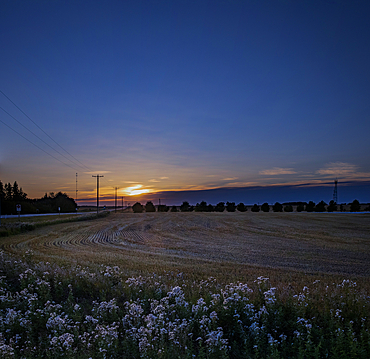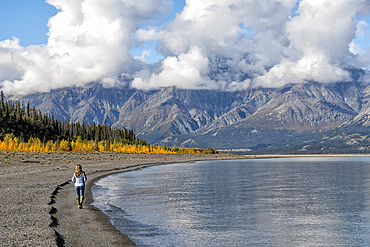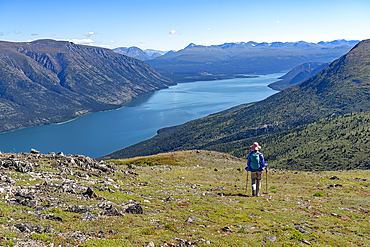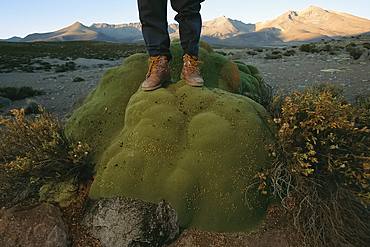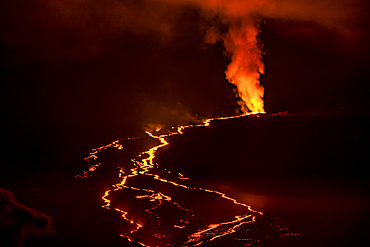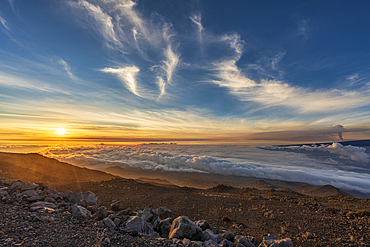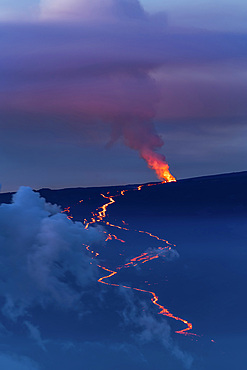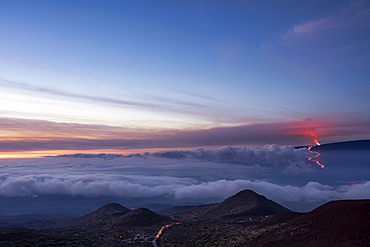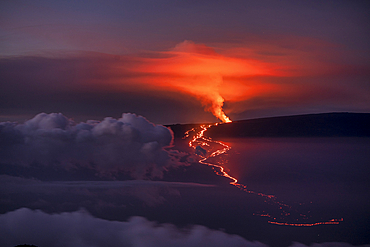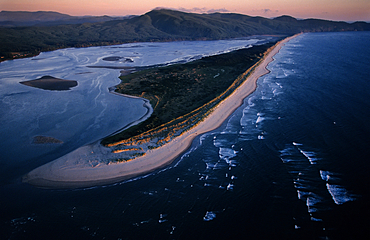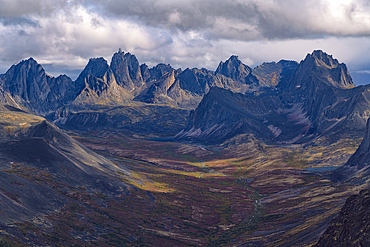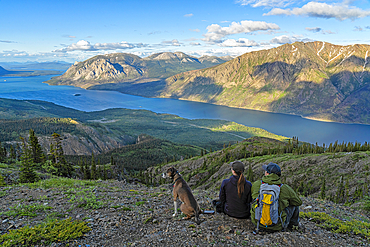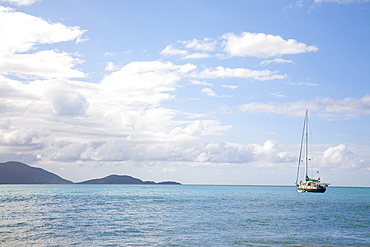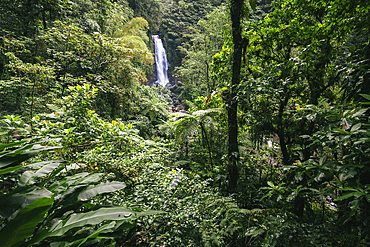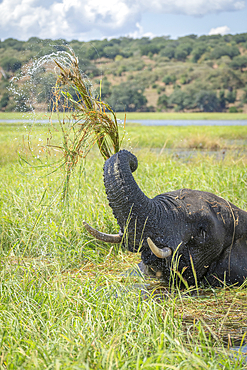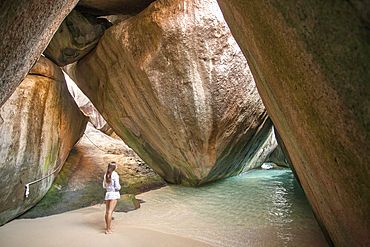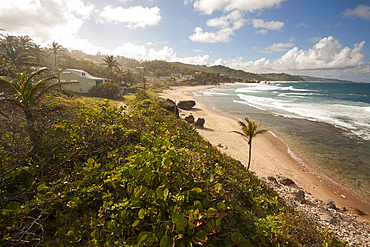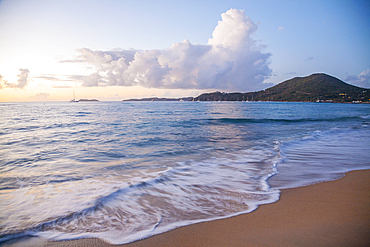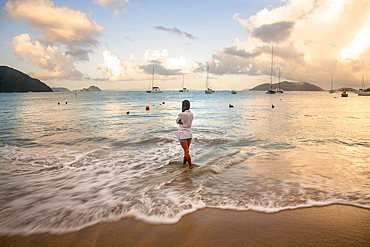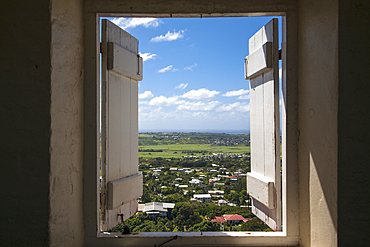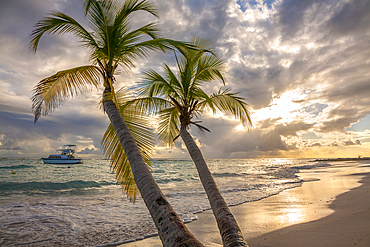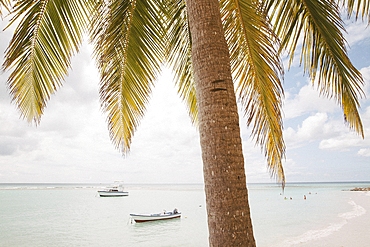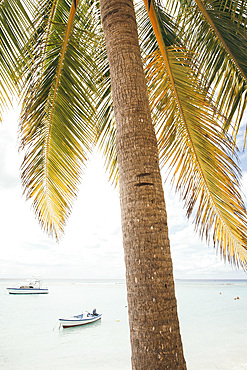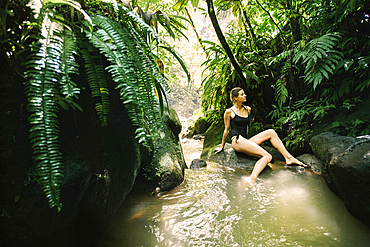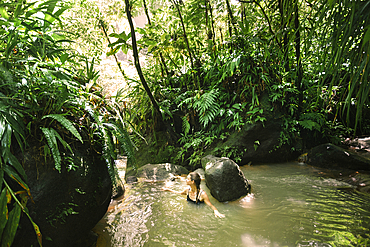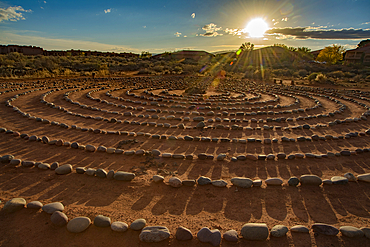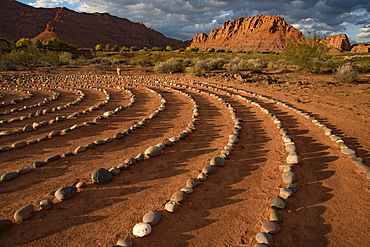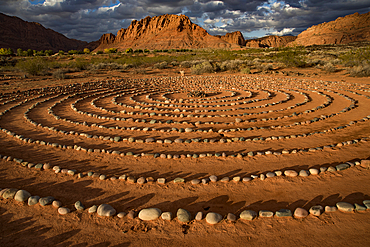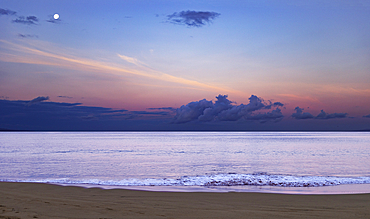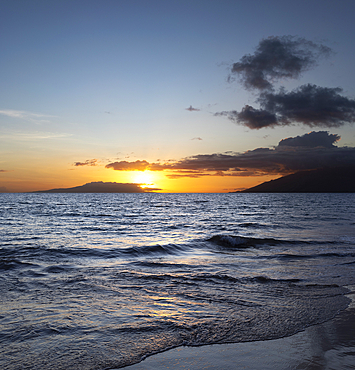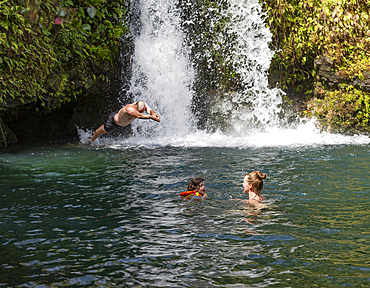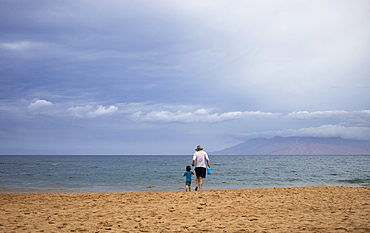Recent searches
Loading...
743-662 - River Strontian, Strontian, Argyll, Scotland, United Kingdom, Europe
743-661 - Loch Sunart, looking east, Argyll, Scotland, United Kingdom, Europe
1361-448 - Tall mountains with snowy peaks reflecting in the calm water fo the fjord at high tide with scenic clouds, Leknes, Lofoten Islands, Norway, Scandinavia, Europe
1353-736 - First Light on Beinn an Eoin and Sgorr Tuath in winter above the Drumrunie Road, Assynt, Assynt-Coigach National Scenic Area, Sutherland, Scottish Highlands, Scotland, UK
1353-735 - Sunrise over Beinn Tarsuinn, Sgurr an Fhidhleir and Lochan Dubha, Assynt, Assynt-Coigach National Scenic Area, Sutherland, Scottish Highlands, Scotland, UK
1353-734 - Ben Mor Coigach in winter, Assynt, Assynt-Coigach National Scenic Area, Sutherland, Scottish Highlands, Scotland, UK
1353-729 - Ben Mor Coigach & Beinn an Eoin in winter, Assynt Mountains, Assynt-Coigach National Scenic Area, Sutherland, Scottish Highlands, Scotland, UK
795-722 - Scenic ruins of the Minoan Palace of Knossos. Knossos palace, crete island, greece
1353-707 - Ben Mor Coigach viewed across Loch Kanaird, Assynt-Coigach National Scenic Area, Assynt, Inverpolly, Sutherland, Scottish Highlands, Scotland, UK
1353-704 - Sunrise over the mountains of Assynt in winter, Ben Mor Coigach, Beinn Tarsuinn, and Sgurr an Fhidhleir, Assynt-Coigach National Scenic Area, Assynt, Inverpolly, Sutherland, Scottish Highlands, Scotland, UK
1353-700 - Ice Patterns on Loch Cul Dromannan backed by Ben Mor Coigach, Assynt-Coigach National Scenic Area, Assynt, Inverpolly, Sutherland, Scottish Highlands, Scotland, UK
1353-699 - Stac Pollaidh in winter, Assynt-Coigach National Scenic Area, Assynt, Inverpolly, Sutherland, Scottish Highlands, Scotland, UK
1353-697 - Snow Storm over Cul Mor in winter, Assynt-Coigach National Scenic Area, Assynt, Inverpolly, Sutherland, Scottish Highlands, Scotland, UK
1353-696 - Assynt Mountains in winter, Ben Mor Coigach, Beinn an Eoin, Stac Pollaidh & Cul Beag, Assynt-Coigach National Scenic Area, Assynt, Inverpolly, Sutherland, Scottish Highlands, Scotland, UK
1311-909 - Steps along the Giant Logs Trail leading to a scenic overlook in Petrified Forest National Park Arizona.
1311-908 - A scenic overlook on the west side of the Giant Logs Trail at Petrified Forest National Park Arizona.
1311-907 - A scenic overlook on the west side of the Giant Logs Trail at Petrified Forest National Park Arizona.
1373-302 - Scenic view of Plaza de Cibeles, an iconic square representing Madrid, Spain. Featuring the majestic Cibeles Palace in the backdrop and the famous Cibeles Fountain in the foreground.
1373-301 - Scenic view of Plaza de Cibeles, an iconic square representing Madrid, Spain. Featuring the majestic Cibeles Palace in the backdrop and the famous Cibeles Fountain in the foreground.
1373-300 - Scenic view of Plaza de Cibeles, an iconic square representing Madrid, Spain. Featuring the majestic Cibeles Palace in the backdrop and the famous Cibeles Fountain in the foreground.
1353-658 - Sunrise over the mountains of Assynt in winter, Ben Mor Coigach, Beinn Tarsuinn, Sgurr an Fhidhleir and Beinn an Eoin with Lochanan Dubha below, Assynt, Assynt-Coigach National Scenic Area, Sutherland, Scottish Highlands, Scotland, UK
1353-656 - Sunrise over the mountains of Assynt in winter, Ben Mor Coigach, Beinn Tarsuinn, Sgurr an Fhidhleir, Beinn an Eoin and Sgorr Tuath with Lochan Tuath below, Assynt, Assynt-Coigach National Scenic Area, Sutherland, Scottish Highlands, Scotland, UK
1353-655 - Assynt Mountains in winter, Ben Mor Coigach, Beinn an Eoin, Stac Pollaidh & Cul Beag, Assynt-Coigach National Scenic Area, Sutherland, Scottish Highlands, Scotland, UK
1242-610 - The valley of a sunken river at Cave Stream Scenic Reserve on Highway 73, Canterbury Region, South Island, New Zealand, Pacific
1184-11185 - Leshan Giant Buddha, the largest stone Buddha on earth, Mount Emei Scenic Area, UNESCO World Heritage Site, Leshan, Sichuan, China, Asia
1184-11183 - Leshan Giant Buddha, the largest stone Buddha on earth, Mount Emei Scenic Area, UNESCO World Heritage Site, Leshan, Sichuan, China, Asia
1184-11182 - Leshan Giant Buddha, the largest stone Buddha on earth, Mount Emei Scenic Area, UNESCO World Heritage Site, Leshan, Sichuan, China, Asia
1184-11180 - Leshan Giant Buddha, the largest stone Buddha on earth, Mount Emei Scenic Area, UNESCO World Heritage Site, Leshan, Sichuan, China, Asia
1184-11181 - Leshan Giant Buddha, the largest stone Buddha on earth, Mount Emei Scenic Area, UNESCO World Heritage Site, Leshan, Sichuan, China, Asia
1184-11179 - Leshan Giant Buddha, the largest stone Buddha on earth, Mount Emei Scenic Area, UNESCO World Heritage Site, Leshan, Sichuan, China, Asia
1184-11178 - Leshan Giant Buddha, the largest stone Buddha on earth, Mount Emei Scenic Area, UNESCO World Heritage Site, Leshan, Sichuan, China, Asia
1184-11176 - Leshan Giant Buddha, the largest stone Buddha on earth, Mount Emei Scenic Area, UNESCO World Heritage Site, Leshan, Sichuan, China, Asia
1184-11177 - Leshan Giant Buddha, the largest stone Buddha on earth, Mount Emei Scenic Area, UNESCO World Heritage Site, Leshan, Sichuan, China, Asia
1184-11175 - Leshan Giant Buddha, the largest stone Buddha on earth, Mount Emei Scenic Area, UNESCO World Heritage Site, Leshan, Sichuan, China, Asia
1184-11174 - Leshan Giant Buddha, the largest stone Buddha on earth, Mount Emei Scenic Area, UNESCO World Heritage Site, Leshan, Sichuan, China, Asia
1184-11173 - Leshan Giant Buddha, the largest stone Buddha on earth, Mount Emei Scenic Area, UNESCO World Heritage Site, Leshan, Sichuan, China, Asia
1184-11172 - Leshan Giant Buddha, the largest stone Buddha on earth, Mount Emei Scenic Area, UNESCO World Heritage Site, Leshan, Sichuan, China, Asia
1184-11170 - Leshan Giant Buddha, the largest stone Buddha on earth, Mount Emei Scenic Area, UNESCO World Heritage Site, Leshan, Sichuan, China, Asia
1184-11171 - Leshan Giant Buddha, the largest stone Buddha on earth, Mount Emei Scenic Area, UNESCO World Heritage Site, Leshan, Sichuan, China, Asia
832-404407 - A cave entering the water from the beach at Praia da Coelha, Algarve, Albufeira. Portugal
832-404405 - Beautiful beach on vacation at Praia da Mare das Porcas, Algarve, Albufeira. Portugal
832-404406 - A natural summer beach cave at Praia da Coelha, Algarve, Albufeira. Portugal
1373-33 - New York City cityscape viewed from the West Drive, the westernmost of Central Park's scenic drives, nestled between Upper West Side and Upper East Side neighborhoods of Manhattan, New York City, United States of America, North America
1116-52960 - Clearing storm clouds over Shiprock in the high-desert plain of the Navajo Nation in New Mexico, USA, Shiprock, New Mexico, United States of America
1116-52957 - Person stands on a rocky slope looking out to the water along the tranquil coast, Alaska, United States of America
1116-52951 - Aerial view of Ambergris Cay, Ambergris Cay, Belize
1116-52950 - Glaciers surround Saint Mary Lake in Glacier National Park, Montana, USA, Montana, United States of America
1116-52947 - Calving Hubbard Glacier near Yakutak, Alaska, USA, Alaska, United States of America
1116-52945 - Morning fog enhances the dramatic beauty of the waves crashing into the cliffs at Cape Disappointment Lighthouse at the mouth of the Columbia River in Southwest Washington, Washington, United States of America
1116-52946 - Long exposure of frothy waves crashing into the cliffs at Cape Disappointment, at the mouth of the Columbia River in Southwest Washington, Washington, United States of America
1116-52940 - Autumn creeps in slowly after a warm Yukon summer. The mountains are lit up with storm light creating dynamic scenery, Yukon, Canada
1116-52936 - Rows of rolled hay bales in the bright sunlight on the prairie between Calgary and Three Hills, Alberta, Canada
1116-52935 - Two grain bins on the vast Alberta prairie at sunset, Alberta, Canada
1116-52934 - Golden sun glowing over the vast Alberta prairie at sunset, Alberta, Canada
1116-52933 - Beautiful scenic landscape in the countryside of Alberta at sunset, Alberta, Canada
1116-52932 - Woman walking on the shores of Kluane Lake with mountains all around her. An incredibly beautiful scene, Yukon, Canada
1116-52927 - View taken from behind of a person walking down a mountainside with a spectacular view of the Kusawa Lake below, Yukon, Canada
1116-52926 - Scenic view of the serene wilderness at the end of a lake in the remote Yukon Territory with sunrise illuminating the mountain tops creating a beautiful reflection in the still waters, Yukon, Canada
1116-52925 - Beautiful reflections of the mountains in Tincup Lake, near Burwash Landing, Yukon, Canada
1116-52923 - Hiker stands on a moss-covered rock in the Atacama desert, Chile
1116-52898 - Fiery Lava flow of the 2022 eruption of Mauna Loa Volcano (Moku‘āweoweo, the world's largest active volcano) on the Big Island of Hawaii, Island of Hawaii, Hawaii, United States of America
1116-52899 - Mauna Loa Volcano lava flow on the Big Island of Hawaii, USA, Island of Hawaii, Hawaii, United States of America
1116-52897 - Fiery Lava flow of the 2022 eruption of Mauna Loa Volcano (Moku‘āweoweo, the world's largest active volcano) on the Big Island of Hawaii, Island of Hawaii, Hawaii, United States of America
1116-52896 - Spectacular scene of the golden twilight above the clouds at Mauna Kea with view of the smoke from 2022 eruption of Mauna Loa Volcano (Moku‘āweoweo, the world's largest active volcano) on the Big Island of Hawaii, Island of Hawaii, Hawaii, United States of America
1116-52895 - Spectacular view at twilight of the 2022 eruption and lava flow of Mauna Loa Volcano (Moku‘āweoweo, the world's largest active volcano) on the Big Island of Hawaii, Island of Hawaii, Hawaii, United States of America
1116-52894 - Spectacular view from above the clouds of the 2022 eruption and lava flow of Mauna Loa Volcano (Moku‘āweoweo, the world's largest active volcano) on the Big Island of Hawaii, Island of Hawaii, Hawaii, United States of America
1116-52893 - Spectacular overview of the 2022 eruption and lava flow of Mauna Loa Volcano (Moku‘āweoweo, the world's largest active volcano) on the Big Island of Hawaii, Island of Hawaii, Hawaii, United States of America
1116-52892 - Aerial view of Tillamook Spit, Oceanside, Oregon, United States of America
1116-52889 - Aerial views of the Tombstone Range and Grizzly Lake along the Dempster Highway in the Yukon Territory, Yukon, Canada
1116-52888 - Aerial views of the Tombstone Range along the Dempster Highway in the Yukon Territory, Yukon, Canada
1116-52876 - View taken from behind of two women standing on a mountain top with arms around shoulders, enjoying the view, while exploring and photographing the amazing scenery of the Yukon up along the Sam McGee Trail near Carcross, Yukon, Carcross, Yukon Territory, Canada
1116-52875 - View taken from behind of two women sitting on a mountain top with their dog enjoying the view, while exploring and photographing the amazing scenery of the Yukon along the Sam McGee Trail near Carcross, Yukon, Carcross, Yukon Territory, Canada
1116-52873 - Silhouette of tropical palm trees along the shore at Ulua Beach with a golden sun reflecting on the Pacific Ocean at twilight, Kihei, Wailea, Maui, Hawaii, United States of America
1116-52841 - Sailboat in Cane Garden Bay off the island of Tortola in the Caribbean, Tortola, British Virgin Islands
1116-52839 - Trafalgar Falls on the island of Dominica in the Caribbean, an incredible double waterfall, one of which runs hot, Dominica, West Indies
1116-52837 - African bush elephant (Loxodonta africana) in the water washing and lifting river grass with its trunk and tusks in Chobe National Park, Chobe, North-West, Botswana
1116-52833 - Scenic view of a woman walking on a seaside path at Bathsheba, Bathsheba, Barbados, Caribbean
1116-52834 - Stunning view of the sandy beach with surf forming a zigzag pattern in the foam next to the large, boulders lining the shores at The Baths, a famous beach in the BVI's, Virgin Gorda, British Virgin Islands, Caribbean
1116-52832 - Woman standing under the large, boulders on the seaside shores of The Baths, a famous beach in the BVI's, Virgin Gorda, British Virgin Islands, Caribbean
1116-52831 - Scenic view down the coastline looking north from Bathsheba, Bathsheba, Barbados, Caribbean
1116-52830 - Scenic view of the seaside surf on a beach near the harbor on Virgin Gorda at twilight, British Virgin Islands, Caribbean
1116-52828 - Close-up of a woman sitting on the beach looking out at the ocean holding a coconut with a straw, Bathsheba, Barbados, Caribbean
1116-52829 - Palm lined beach at Bathsheba, Bathsheba, Barbados, Caribbean
1116-52827 - View taken from behind of a woman standing in the foamy surf on the beach, looking out at the turquoise water with boats moored off shore along the horizon in Cane Garden Bay at twilight, Tortola, British Virgin Islands, Caribbean
1116-52826 - View through window with shutters from the Gun Hill Signal Station in Barbados, Bridgetown, Barbados, Caribbean
1116-52825 - Close-up of palm tree with a yacht moored off shore and the turquoise water and foamy surf rolls onto the pristine white sand beach at twilight in the small village of Worthing, Worthing, Barbados, Caribbean
1116-52822 - Close-up of palm tree with people swimming and boats moored close to shore on the pristine white sand beach at the small village of Worthing, Worthing, Barbados, Caribbean
1116-52823 - Close-up of palm tree with people swimming and boats moored close to shore on the pristine white sand beach at the small village of Worthing, Worthing, Barbados, Caribbean
1116-52820 - Close-up of the Roman Catholic Church of St Marks in Soufriere, a small fishing village on the Island of Dominica, Soufriere, Dominica, Caribbean
1116-52819 - Woman relaxing on the rocks surrounding the hot springs at Trafalgar Falls enjoying the atmosphere of the lush rainforest on the Caribbean Island of Dominica in Morne Trois Pitons National Park, Dominica, Caribbean
1116-52818 - Woman enjoying soaking in the warm water, hot springs at Trafalgar Falls in the lush rainforest on the Caribbean Island of Dominica in Morne Trois Pitons National Park, Dominica, Caribbean
1116-52817 - Overhead view of a woman climbing over the slippery, wet rocks along the rushing stream at Trafalgar Falls on the Caribbean Island of Dominica in Morne Trois Pitons National Park, Dominica, Caribbean
1116-52816 - Hiking trail through Snow Canyon, with circles of stones in a meeting area behind the Red Mountain Spa, with meditation maze and Snow Canyon Mountain Range in the background. Red Cliffs Desert Reserve around St George Town with bright sunburst in a blue sky, St George, Utah, United States of America
1116-52815 - Hiking trail through Snow Canyon, with circles of stones in a meeting area behind the Red Mountain Spa, with meditation maze and Snow Canyon Mountain Range in the background. Red Cliffs Desert Reserve around St George Town with rock cliffs and dark clouds in a blue sky, St George, Utah, United States of America
1116-52814 - Hiking trail through Snow Canyon, with circles of stones in a meeting area behind the Red Mountain Spa, with meditation maze and Snow Canyon Mountain Range in the background. Red Cliffs Desert Reserve around St George Town with rock cliffs and dark clouds in a blue sky, St George, Utah, United States of America
1116-52813 - Ocean surf breaking on the shore along Kamaole 2 Beach at twilight with the moon high in the blue sky with a pink hue over the clouds and reflected on the water of the Pacific, Kihei, Maui, Hawaii, United States of America
1116-52812 - Ocean waves along the shoreline of Kamaole 2 Beach at twilight with a golden sun, Kihei, Maui, Hawaii, United States of America
1116-52810 - Family enjoying swimming in a natural pool under a plunging waterfall along the Road to Hana, Maui, Hawaii, United States of America
1116-52809 - Portrait of a family standing on the shore and smiling at the camera along the sandy beach at Kapalua Resort in West Maui, Maui, Hawaii, United States of America
1116-52807 - Scenic view, taken from behind, of a grandmother and granddaughter walking along the shore at Maluaka Beach with the Pacific Ocean and cloud covered mountains in the distance, Maui, Hawaii, United States of America











